Diversity of Living Creatures - Charles Darwin & the Beagle's Voyage
By: HWC
Date Uploaded: 03/13/2020
Tags: homeworkclinic.com Homework Clinic HWC Evolution Charles Darwin Beagle's Voyage LyeII Earth Malthus population
As we look around at the living creatures on Earth, we see a great amount of diversity. In some cases, the differences are quite noticeable, like the differences between plants and animals. Some differences are not as easy to see, like the differences between two species of lizard. How did all of these living organisms come into existence? And how can we explain the subtle and not-so-subtle differences between all of them? One person who asked these same questions was Charles Darwin. But, as Darwin's interest in medicine decreased, his interest in the natural sciences increased. In June 1831, the H.M.S. Beagle, a ship similar to this one, set sail from England on a 4-year surveying mission. The captain had decided to take along someone who would "profit from the opportunity of visiting different countries yet little known." The person who took up this unpaid position was 22 year-old Charles Darwin. At the time that the Beagle began her voyage, no one expected the amazing discoveries and ideas that would result. During Darwin's trip, several ideas were already helping to shape his thoughts as he made his observations in the various destinations of the H.M.S. Beagle. In this book, LyeII describes how the physical structure of the Earth that we see today is largely the result of gradual change over millions of years. This idea suggested that there would be plenty of time for many generations of organisms to be born, live, reproduce, and die. In this book, Malthus observed that populations of people tend to rise exponentially, but food supplies rise only arithmetically. Eventually, the people would run out of food and their growth would be slowed. This suggested to Darwin that all organisms would also grow exponentially, but that food supplies or other resources would limit the growth. Darwin was already familiar with artificial selection, the concept of organisms changing over time as humans allow certain organisms with desired traits to produce offspring. This gives rise to different breeds of dogs, horses, and various livestock. This suggested to Darwin that characteristics can be passed from parent to offspring and that a population can change over time based on its characteristics.
Add To
You must login to add videos to your playlists.
Advertisement



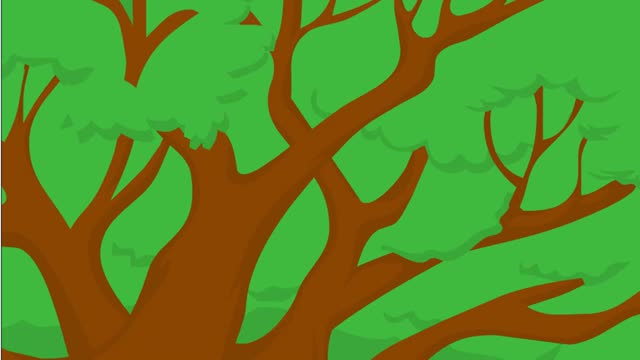
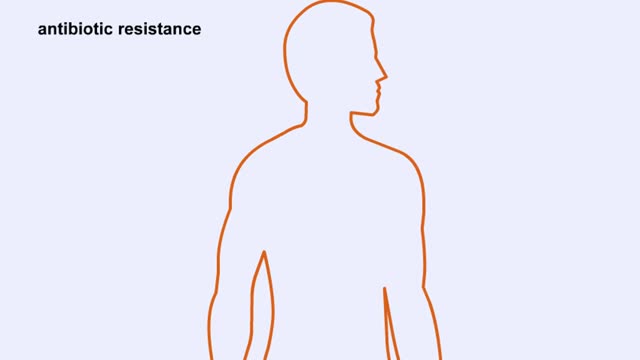
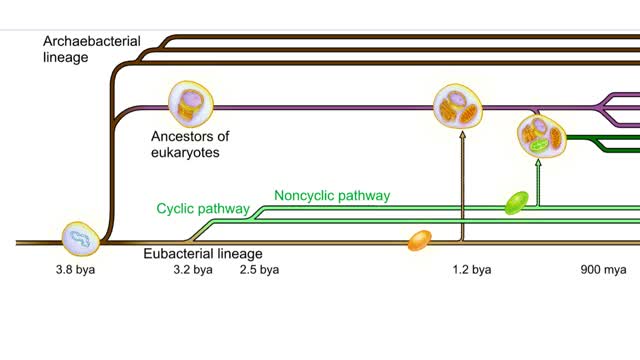
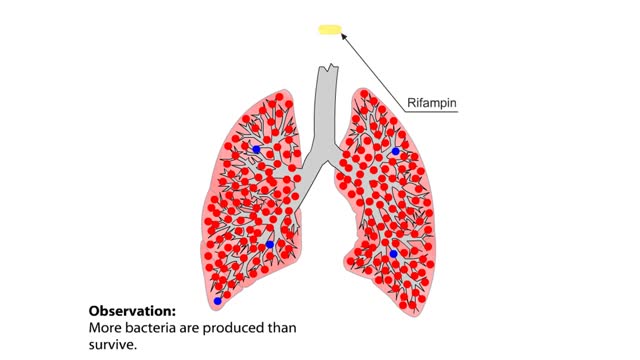
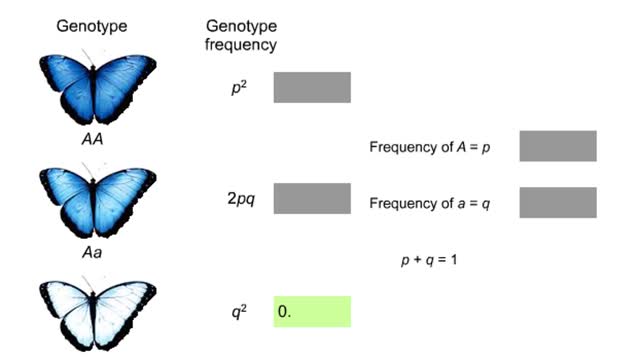
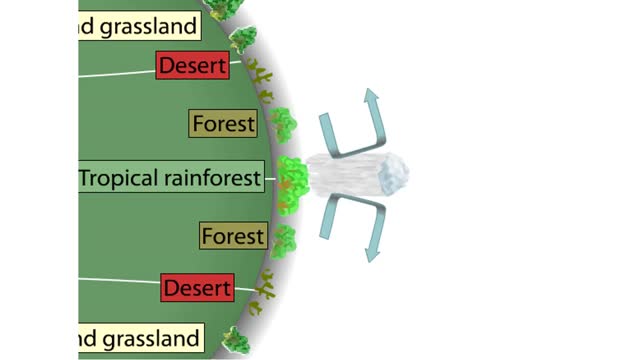

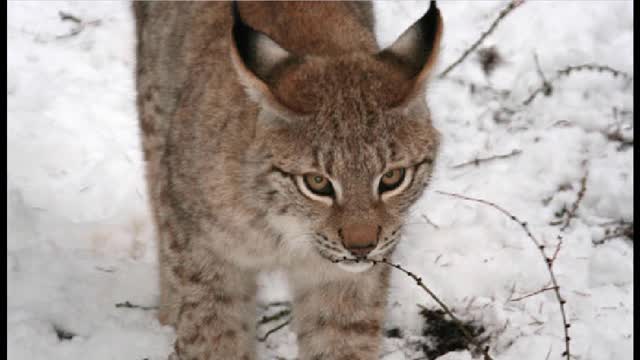

Comments
0 Comments total
Sign In to post comments.
No comments have been posted for this video yet.